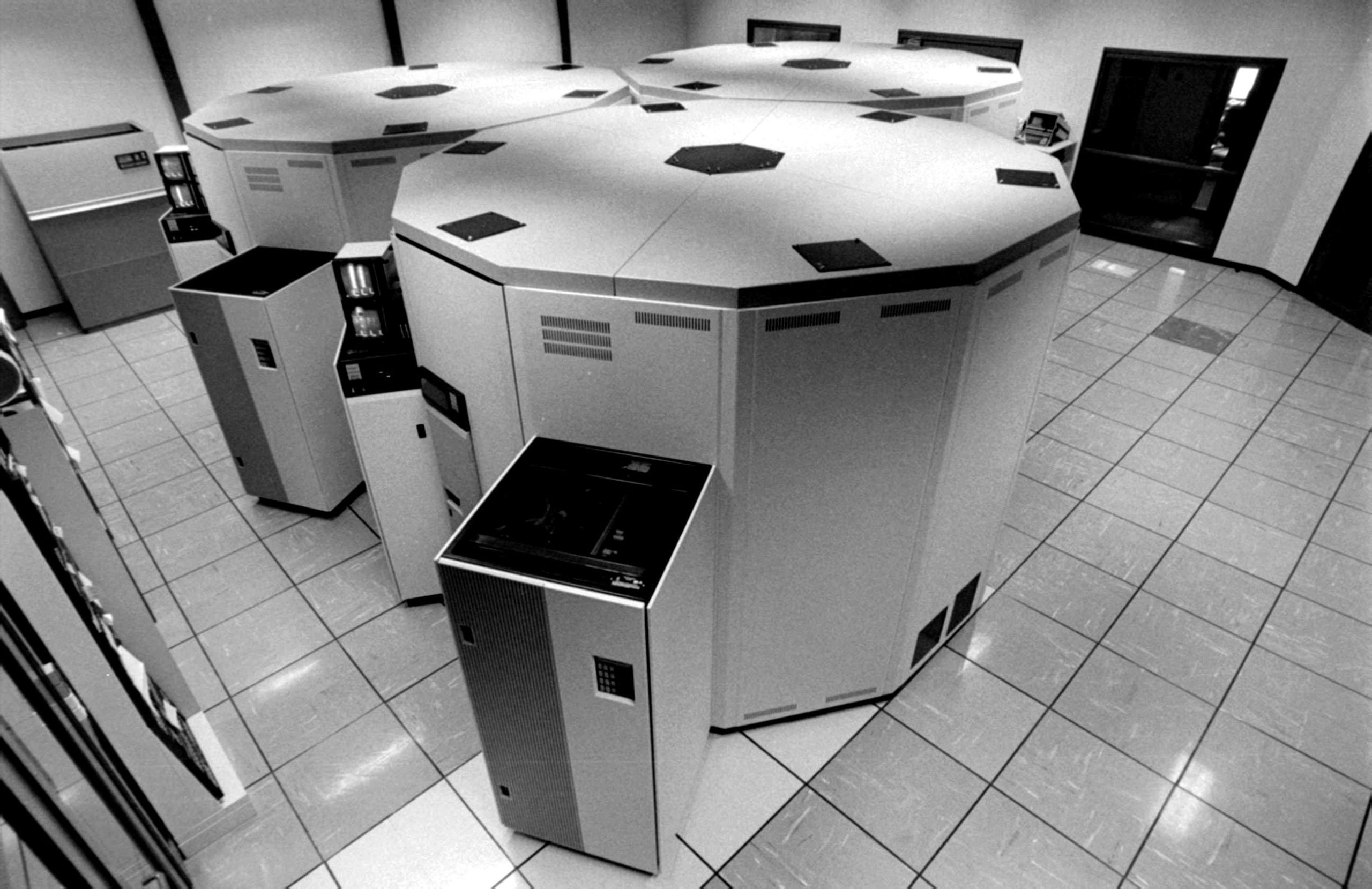The IN2P3 Computing Centre, which was initially known as the CCPN, was created in the very early 1960s by three laboratories (the Nuclear Physics and High Energy Physics Laboratory from the Ecole Polytechnique, the Collège de France and the laboratory at the university currently called Paris VI) who wanted to automate analyses of the visual outputs from bubble chambers. The Centre was first established on the Jussieu campus in Paris before being relocated to the dedicated scientific campus at La Doua (in Villeurbanne) in 1986 as part of the national decentralisation policy. Jean Yoccoz was the head of the IN2P3 at that time and Jacques Cohen-Ganouna ran the Computing Centre. The Lyon site was chosen because it met several criteria: ease of access, presence of several IN2P3 laboratories within a small geographical radius, the availability of a site and the proximity to CERN (Geneva).
At this time the CC-IN2P3 was connected to IN2P3 laboratories and CERN through the Phynet network using analogue 14,4 Kbit/s binary links and was hooked up to Jussieu through a 128Kbit/s link. In terms of infrastructure, the CC-IN2P3 originally had a Control Data mainframe but in 1984 it acquired an IBM 3081 machine. In 1990, the first automated storage silo was installed and the IN2P3 Computing Centre was equipped with its first UNIX stations. They were used alongside the IBM mainframe until the latter was decommissioned in 1997. The computing farm was managed by an in-house scheduling system called BQS, which remained in operation until 2011.
In keeping with its policy of innovation, the IN2P3 Computing Centre has pursued – and continues to pursue – an active programme for developing systems and services. In 1992 it created the first French website, which was one of the first ten in the whole world. In 1999 it undertook European projects for developing computing grids (Datagrid, then EGEE) and in 2011 it committed to cloud computing technologies.
Thanks to its infrastructure and expertise the IN2P3 Computing Centre has for decades been the go-to French data processing centre for major physics experiments, starting with those installed at CERN. As far back as 1980 the Centre worked on the SPS accelerator, and in 1990 it began working on the Large Electron-Positron Collider (LEP). Its involvement in the LHC, the world’s biggest particle accelerator, began in 2005. The Centre has also collaborated with other experiment sites around the world, including the BaBar experiment (Stanford, USA), the VIRGO interferometer for detecting gravitational waves (Pisa, Italy), the HESS on gamma rays (Namibia) or the TEVATRON experiments (Batavia, USA) and the SNLS on supernovae from a telescope in Hawaii.
A museum retracing the history of computing science and the evolution of the CC-IN2P3 over the years has been installed in the center. It is regularly visited by school groups and open to the public during the Festival Particule.com, organised every two years during the Science Fair.
More information on the dedicated page.



